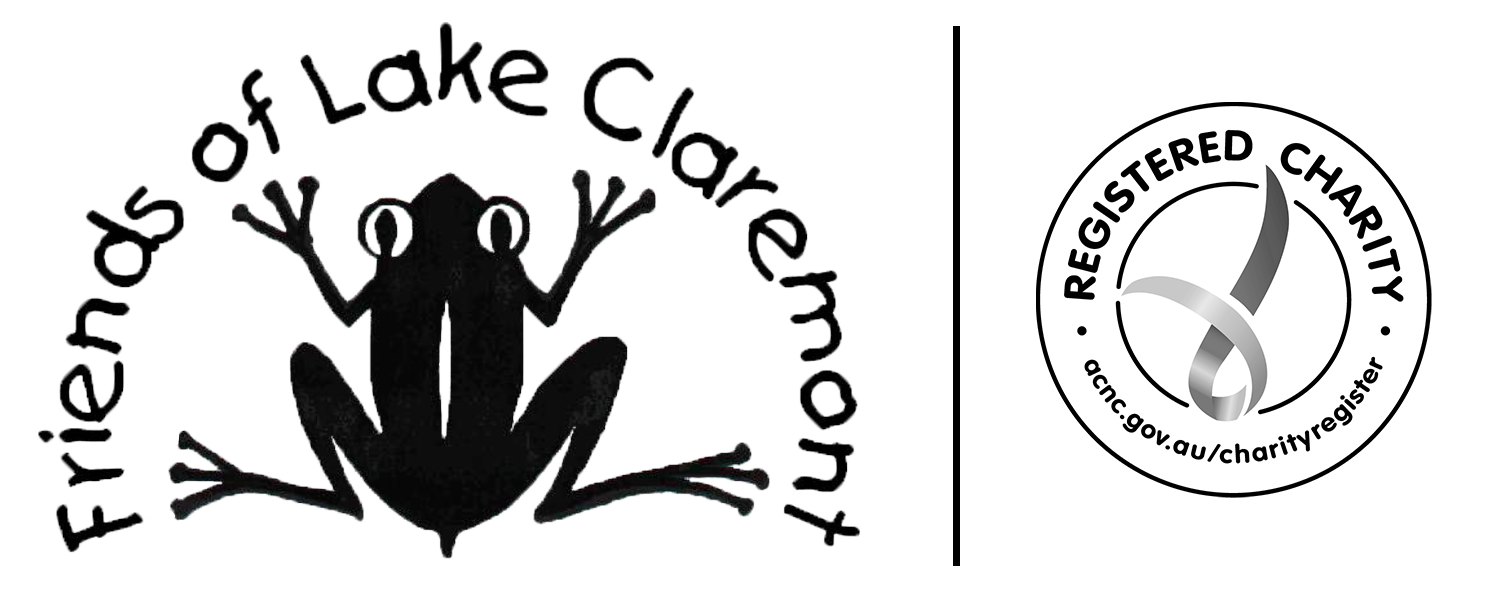
This paper provides an account of the environmental history of a landlocked coastal wetland and the surrounding nature space (Lake Claremont) located within a large Australian city (Perth, Western Australia). We document the processes and behaviour that led to significant negative change over time and report on recent work to restore the lake and its surrounding ecosystem. The reported community-initiated actions reflect changing human values and add to the accumulating evidence that the increasing trend of restoring greenspace to native ecosystems (nature space) brings about social and conservation benefits within the urban fabric. Moreover, this narrative also indicates that significant progress can be made in recovering and expanding ecological components and natural values within a relatively short period. Implications for city planners and land managers are self-evident with regard to what can be achieved and the values that communities now place on naturally functioning urban wetlands. Furthermore, the presence of wetlands such as Lake Claremont in the urban fabric is seen to enhance the liveability of the surrounding city by offering a convenient way for residents and tourists to connect with nature and the outdoors and realise the health benefits that the lake can provide. This case study adds to the body of work that identifies and describes the growing importance of urban wetlands in urban landscapes and provides a clear example of what can be achieved at the local community level and with local government support.
Simpson, G., & Newsome, D. (2017). Environmental history of an urban wetland: from degraded colonial resource to nature conservation area. Geo: Geography and Environment, 4(1).
